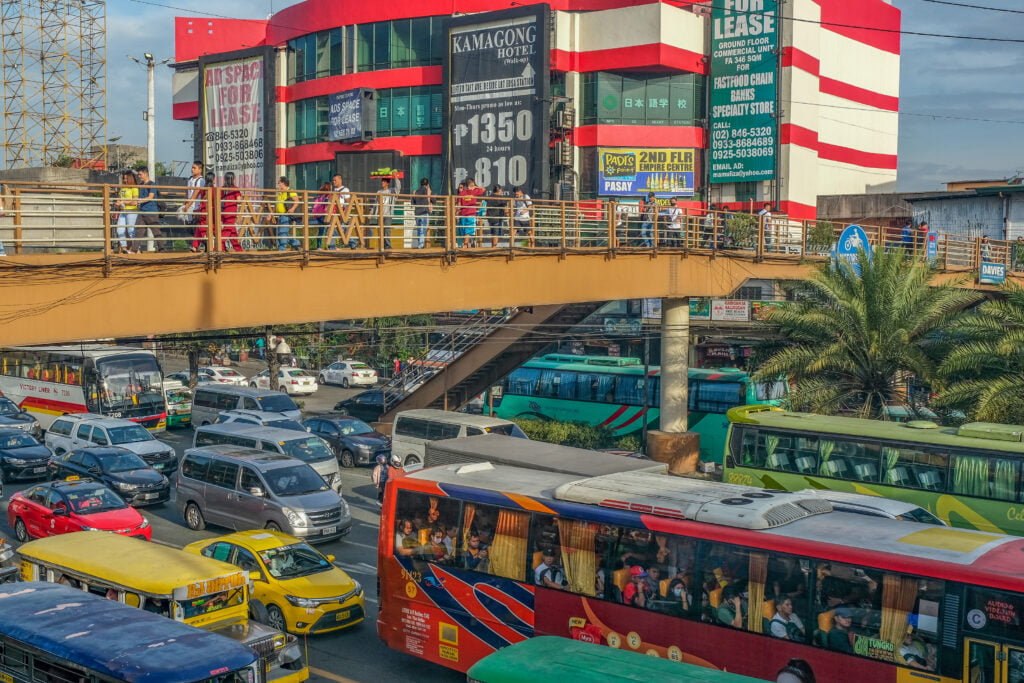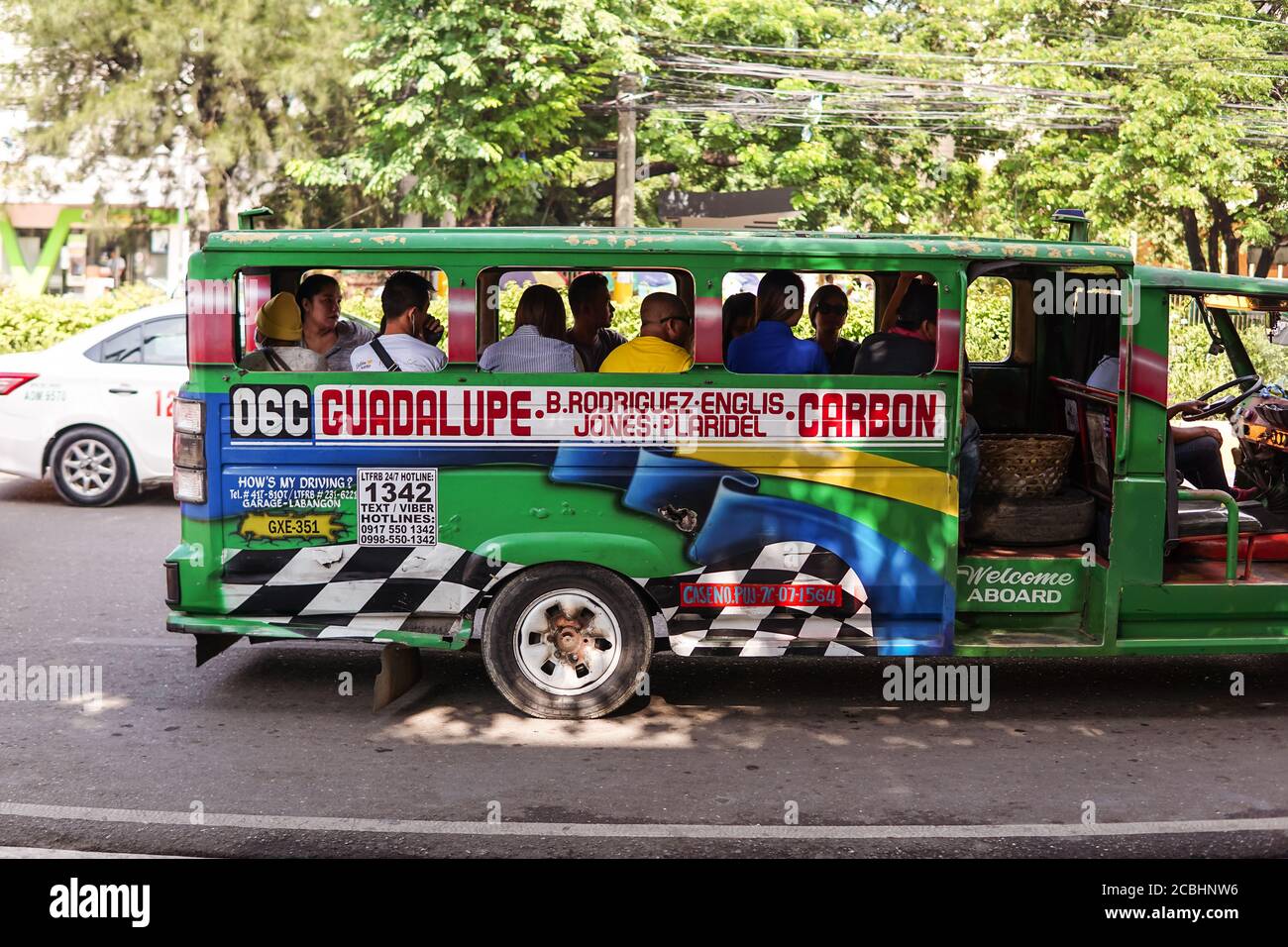Why Choose Transit Advertising Philippines for Your Brand name
Why Choose Transit Advertising Philippines for Your Brand name
Blog Article
Comprehending the Function of Transit Marketing in Enhancing Brand Name Exposure and Customer Interaction
Transportation advertising has become a crucial aspect in the advertising landscape, providing special possibilities for brands to raise their presence and engage customers effectively. With the capability to reach a captive and diverse target market throughout their daily commutes, these marketing strategies are not just about presence; they are regarding producing purposeful connections with potential consumers. As we discover the multifaceted advantages and ingenious strategies within transportation advertising and marketing, it ends up being vital to take into consideration exactly how these components jointly influence customer assumption and behavior, increasing concerns regarding their long-term influence on brand commitment.
Definition of Transit Marketing
Transit advertising and marketing describes the practice of promoting products, solutions, or brand names with promotions put in and around public transport systems. This kind of advertising and marketing includes a selection of positionings, including posters on trains and buses, digital screens at transportation terminals, and wraps on the exterior of lorries. It aims to get to a diverse audience, profiting from the high foot traffic related to public transportation.
Transportation marketing is tactically positioned to capture the attention of commuters, who typically spend significant time waiting or traveling. By integrating promotions right into the daily routines of individuals, brand names can develop a lasting perception and foster brand recognition. The medium is especially reliable in metropolitan settings, where mass transit is a primary setting of traveling.
Additionally, transit advertising and marketing can help with localized targeting, enabling services to get to specific demographics based on transit courses and terminal places. As city populaces expand and using public transport boosts, this advertising and marketing approach has gained prestige as a vital part of incorporated advertising methods. The dynamic nature of transit marketing, integrated with its ability to engage consumers in a captive atmosphere, emphasizes its significance in modern advertising and marketing practices.
Benefits of Transportation Advertising And Marketing
The effectiveness of transit marketing lies in its capacity to supply a wide variety of benefits to brands looking for to boost exposure and interaction. One of the primary benefits is the extensive reach it supplies; transit advertisements can efficiently target diverse demographics throughout urban locations, getting to both travelers and pedestrians alike. This wide direct exposure considerably increases brand name understanding.
One more advantage is the high frequency of impressions. As transit lorries follow recognized paths and stop at multiple areas, they create repetitive exposure that enhances brand messages. This frequency fosters knowledge, which is vital in customer decision-making.
Transportation advertising is likewise cost-efficient contrasted to various other media platforms. Offered its extensive reach and potential for high perceptions, brand names usually experience a lower expense per thousand perceptions (CPM), optimizing their advertising and marketing budget plan.
In addition, transportation ads can produce a feeling of area link. By straightening with neighborhood transit systems, brands can resonate with regional audiences and cultivate a sense of neighborhood pride. This local strategy enhances brand commitment and involvement, making transit advertising and marketing an engaging selection for organizations intending to strengthen their presence in the marketplace.

Reliable Techniques for Transportation Projects
To maximize the impact of transportation campaigns, brand names should take advantage of tactical planning and execution tailored to their target audience. Initially, determining the group features of the audience making use of public transportation is crucial. This allows brand names to produce individualized messaging that resonates helpful resources with prospective customers.
Following, special info picking the ideal transit tools is necessary. Whether utilizing bus covers, train posters, or digital displays, each tool has one-of-a-kind advantages that can enhance exposure. For instance, vibrant visuals on bus wraps can stand out, while electronic ads can be upgraded frequently to show prompt promotions.
Furthermore, integrating a natural branding approach across transit platforms makes sure consistency and strengthens the brand's identity. Using memorable taglines and appealing layouts will reinforce brand recall amongst commuters.
By utilizing these strategies, brands can properly harness the possibility of transit marketing, cultivating higher understanding and link with their target audience. Inevitably, a well-executed transportation project can drive significant growth in brand name presence and customer interaction.

Determining Effect and Interaction
In evaluating the performance of transportation marketing campaign, precise measurement of influence and engagement is vital for brands seeking to enhance their marketing approaches. Metrics such as reach, regularity, and impacts supply foundational data to examine presence. Evaluating these variables helps determine the number of possible customers are exposed to the advertisements during their everyday commutes.
Engagement can be more assessed through customer interactions, such as website traffic, social media mentions, and straight reactions to calls-to-action featured in the advertisements. Using tools like QR codes or distinct Links can facilitate monitoring of consumer behavior directly linked to transportation projects. Studies and comments systems additionally work as useful techniques to collect qualitative information on consumer understandings and recall of the ad.
Additionally, her comment is here progressed analytics and attribution versions can correlate transit exposure with succeeding buying behavior, using understandings right into the roi. By utilizing a thorough strategy that integrates measurable and qualitative actions, brand names can create a nuanced understanding of their transportation advertising influence. Inevitably, this data-driven approach makes it possible for brand names to improve their projects, guaranteeing they resonate successfully with target audiences and boost general brand exposure.
Instance Researches of Successful Projects
Effective transportation advertising and marketing projects act as compelling instances of how reliable strategies can boost brand name presence and engagement. Transit Advertising Philippines. One notable instance is the "I Love New York" campaign, which transformed the city's image and attracted millions of tourists. By using metro ads, billboards, and bus covers, the project developed a solid, natural brand name identity, resulting in a significant uptick in tourist and local service patronage
One more exemplary project is Coca-Cola's "Share a Coke" initiative, which leveraged transit advertising and marketing to individualize the brand name experience. By featuring popular names on advertising products throughout different transit platforms, Coca-Cola promoted a deeper emotional link with customers, urging them to share their experiences on social networks.
Additionally, the "Got Milk?" project properly made use of public transport ads to reach a broad target market, strengthening the message of the relevance of milk in a balanced diet regimen. The campaign saw a quantifiable rise in milk intake in target demographics.
These study highlight that when carried out thoughtfully, transit marketing can considerably boost brand name exposure, foster consumer engagement, and drive measurable outcomes, demonstrating its crucial function in modern advertising methods. - Transit Advertising Philippines
Final Thought
In verdict, transit advertising works as an essential tool for boosting brand visibility and fostering consumer involvement. By making use of strategically placed promotions within public transport systems, brands can efficiently strengthen and reach varied target markets acknowledgment through regular exposure. The application of targeted messaging and cutting-edge techniques further magnifies the effect of transportation projects. Ultimately, the capability to determine interaction and examine effective case researches underscores the efficiency of transportation marketing in driving brand name loyalty and consumer interactions.
Transportation marketing has emerged as a pivotal component in the advertising landscape, using one-of-a-kind possibilities for brand names to raise their presence and involve customers successfully.Furthermore, transit advertising and marketing can help with local targeting, permitting services to reach particular demographics based on transit paths and terminal places.In assessing the effectiveness of transit advertising and marketing campaigns, exact dimension of effect and engagement is crucial for brands seeking to enhance their advertising and marketing strategies.Effective transportation advertising and marketing campaigns serve as engaging examples of how effective methods can elevate brand exposure and interaction.In final thought, transportation advertising offers as a crucial tool for boosting brand exposure and promoting customer interaction.
Report this page